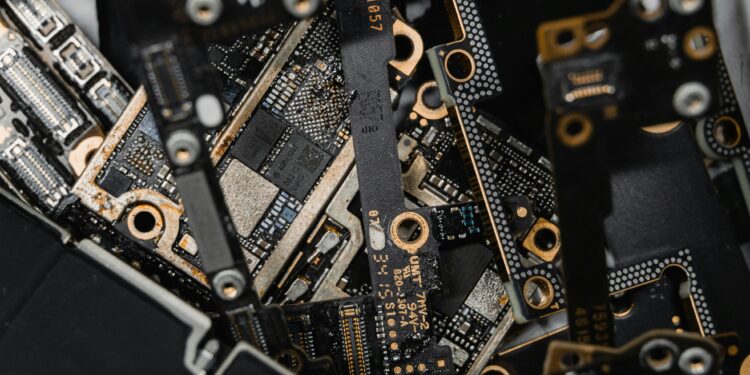Deal to co-develop 10 GW of accelerators signals aggressive hardware strategy amid AI arms race
OpenAI has entered a major partnership with semiconductor giant Broadcom to co-develop up to 10 gigawatts (GW) of custom AI accelerators, the company announced Monday. The move marks another milestone in OpenAI’s push to secure long-term computing power as demand for artificial intelligence infrastructure surges worldwide.
The announcement sent Broadcom (AVGO) shares soaring more than 7% in early trading, reflecting investor confidence in the collaboration. OpenAI, now valued at around $500 billion and considered the world’s most valuable startup, said the deal will help it scale AI training and deployment capacity globally.
Under the agreement, OpenAI will design the accelerators and system architecture, while Broadcom will manufacture and deploy them at scale. “Partnering with Broadcom is a critical step in building the infrastructure needed to unlock AI’s potential and deliver real benefits for people and businesses,” said OpenAI CEO Sam Altman. He added that developing custom silicon would help build “the capacity required to push the frontier of AI.”
The news comes just a week after OpenAI signed a multiyear, multibillion-dollar deal with AMD for 6 GW of AI processors, and shortly after finalizing a $100 billion contract with Nvidia to access 10 GW of its GPU systems. The Broadcom partnership underscores a wider industry shift: tech leaders like Google, Amazon, and Microsoft are all designing custom chips to reduce long-term reliance on Nvidia’s dominant GPU ecosystem.
Still, analysts note that OpenAI is unlikely to move away from Nvidia hardware anytime soon, given current software and AI model dependencies. Meanwhile, OpenAI’s massive spending spree—spanning partnerships with CoreWeave and Oracle’s Project Stargate initiative—has sparked debate over sustainability. Some industry observers, including Jeff Bezos, have warned of a potential “AI bubble,” as companies invest heavily without clear paths to profitability.
Even so, OpenAI’s aggressive vertical hardware strategy signals its intent: control the infrastructure, control the future of AI.
You might like this article:J&J Eyes Biotech Buyout to Strengthen Immunology Pipeline











